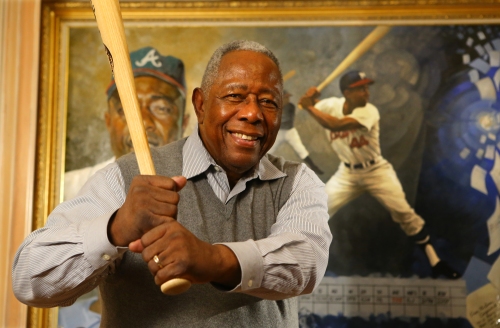Everyone wants to thrive, but what makes some places better than others? According to the World Economic Forum, it is a mixture of technology, culture, capital, market, and good old fashioned talent. The study was limited to 50 cities globally and for women overall, so it should be noted that there of course will be limitations of what constitutes “best”. We will be providing some additional commentary as it relates to each city’s capacity for HBCU women.
1. NEW YORK CITY
HBCU(s) in city: Medgar Evers College
City Analysis: The city that never sleeps certainly is hard to argue with in terms of the five pillars of entrepreneurship. In the Dell Women Entrepreneur Index it ranks number two in culture, number one in capital, number one in market, and number four in talent. No other city shows up in the top five of each pillar like New York, who shows up four times. However, it is not all sunshine when it comes to being an entrepreneur in the Big Apple. It is also listed as the city most expensive in the world to start a business, something that would obviously disproportionately impact African American women since African America is the poorest group by median net worth. Ultimately, there is no doubt though that New York City presents a breath of international opportunity in one of the world’s most global cities.
7. WASHINGTON D.C.
HBCU(s) in city: Howard University; University of D.C.
City Analysis: America’s capital affectionately known as Chocolate City. It shows up as number three in talent and number five in capital. The number seven city in the world for women entrepreneurs leads all states and territories with percentage of the population with a graduate degree which bodes well for a strong talent base. Some of the headwinds facing entrepreneurs in D.C. is their primary customer being Uncle Sam. With a culture of shrinking the federal government it would be of value for women entrepreneurs to focus on ways to help the government run more efficiently. The cost of living in Washington D.C. is also a barrier and having enough disposable income to actually get a business off the ground could be a real challenge in America’s third most expensive city by the cost of living index. However, where the heart of political power lies there is money nearby and if the right connections are made, then opportunities abound.
12. AUSTIN
HBCU(s) in city: Huston-Tillotson University
City Analysis: Austin has become the tech capital of the southern United States. The capital of Texas, also the economic bellwether of the south, it has seen a heralded growth over the last decade in terms of technology development. A large reason it shows up as number four in the world in the technology pillar for women entrepreneurs. This Texas city is more affordable than the previously mentioned cities, but not by much. The boom has led to massive gentrification in the African American neighborhoods there, so the feeling of community maybe hard to find for an HBCU woman in the city. Huston-Tillotson’s presence there while important is acutely dwarfed by the flagship of the state, University of Texas. Annually the city is home to the SXSW conference which brings even the big whigs from Silicon Valley and other tech giants from around the world. The city can be lonely culturally, but if one can navigate it opportunities for women entrepreneurs without forsaking poverty are available.





